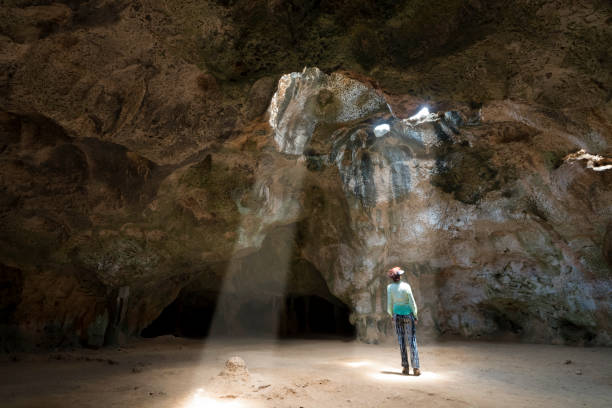(Oranjestad)—Among the endless sea of dark brown sand and cacti, there are two caves hidden in the outskirts of San Nicolas, in the north-eastern area of the island. These caves, The Quadiriki cave and The Fontein Cave are open to visitors of the Arikok National Park, so if you ever decide to take an “off-road” tour in the park, be sure to visit these prehistoric caves…and be sure to bring a flashlight!
Quadirikiri Cave
Known for its two chambers accompanied by a skylight, the Quadikiri Cave is the most popular cave among locals and tourists, as it is easy to walk through and provides great lighting for pictures.
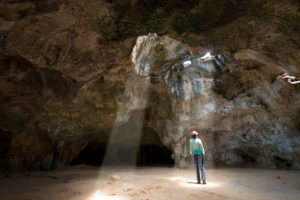
As with all prehistoric or ancient sites, there is always a folk legend that adds to the lore and mystery of the site. The Quadirikiri cave is no different. The most well-known legend behind the cave could be considered as Aruba’s first love story, as it tells the tale of the undying love between the chief’s daughter and her beloved. As legend would have it, the chief disapproved of his daughter’s choice of lover, as he thought him unworthy. Stubborn and filled with anger, the daughter refused to turn away her beloved.
So, the chief decided to lock her up in the Quadirikiri Cave, in hopes that she would soon calm down and turn away her lover. Her beloved, in turn, was locked away in the Tunnel of Love (Now known as the Huliba Cave).
Through the pathways underneath the Tunnel of Love running up to the Quadiriki cave, the two love bird found each other, and refused to let each other go. Because of their stubbornness, they both died in the Quadiriki Cave, their ascending spirits burning two holes in the ceiling of the cave. This is why the cave has two holes through which sunlight passes through to illuminate the chamber.
Though there have been discoveries of Amerindian drawing on the wall, these have mostly been ruined by vandalism. However, the Fontein Cave further up north, provides a better glimpse in prehistoric Amerindian paintings.
Fontein Cave
Longer than the Quadirikiri Cave, the Fontein Cave contains pathways that stretch to the limestone walls further down. Here is also where prehistoric drawings can be seen. Though this cave does not have its own legend, this was speculated to have been occupied—or at least used by prehistoric Arawak settlers on the island for rituals and other spiritual ceremonies.
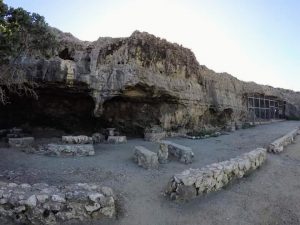
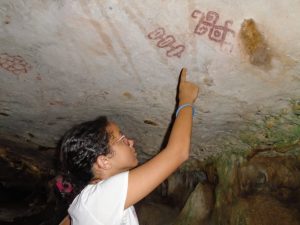
The Huliba Cave/ Tunnel of Love
The Huliba Cave, formerly known as the Tunnel of Love, was once open to the public, and was the biggest and most accessible of all three caves. This cave had five chambers, including one that is heart-shaped. This cave had narrow stairs that led to long pathways deep into the cave, with a staircase leading to the exit on the other side. In one of the chambers, there used to be the carving of the Virgin Mary, put there for the protection of the cave.
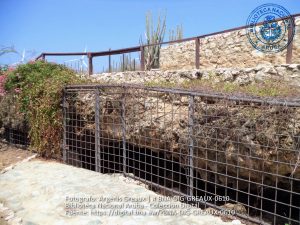
However, the Huliba Cave has been permanently closed for a few years now, as a way to preserve the bat population that lives in the cave. These Long Tongue Fruit Bats and Insect Eater Bats are very important to the ecosystem of the island. Though this cave is no longer accessible to the public, it surely is interesting to learn more about the history of these caves and the Arawak tribes that resided or utilized them.
Do note that these caves are very dark, humid, hot, and are inhabited by bats. Do wear comfortable clothing and shoes, as the pathways in these caves may be rough and bumpy, and don’t forget to bring a flashlight!


